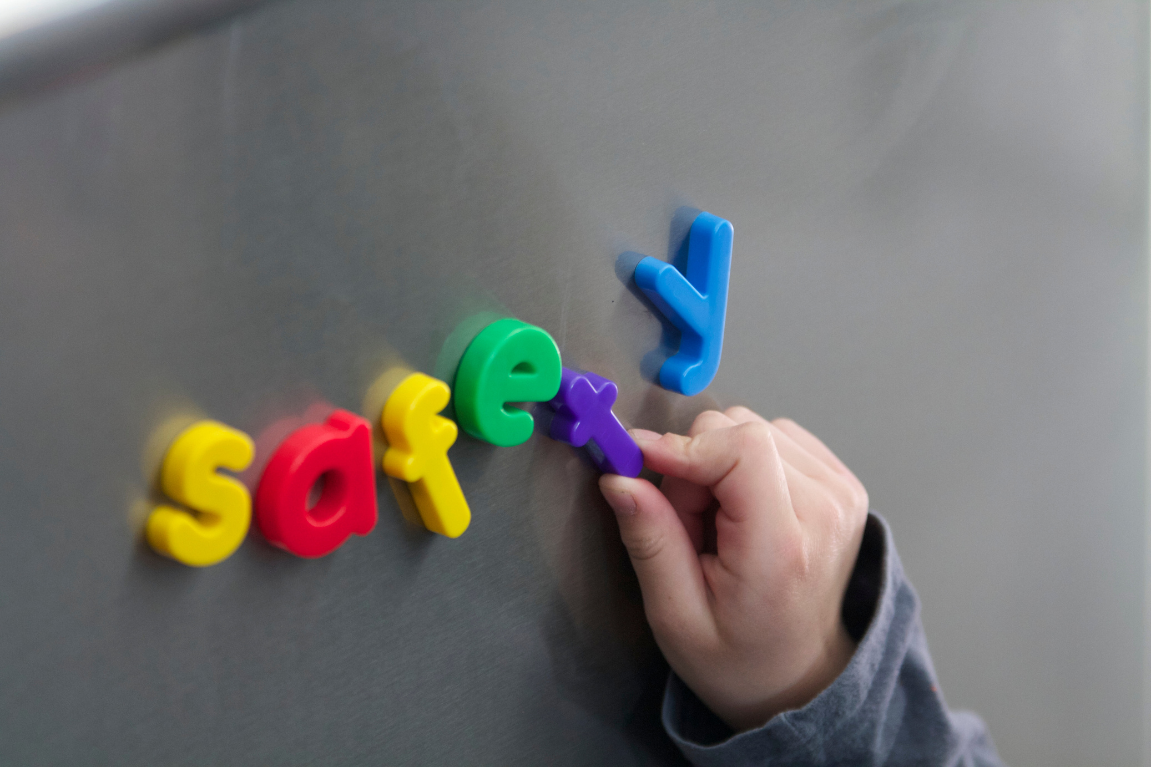
Introduction
The kitchen, often hailed as the heart of the home, is a dynamic space where culinary creations come to life. To ensure that this hub of activity remains a haven of safety, it's crucial to adopt preventive measures. Whether you're a seasoned chef or a novice cook, these top 10 kitchen safety tips will guide you toward a secure and enjoyable cooking experience.
1. Meticulous Knife Handling
A chef's knife is a kitchen workhorse, but it demands respect. Always maintain a secure grip on the knife, keeping fingers away from the blade. Employ a non-slip cutting board and ensure your knives are sharp. A sharp blade reduces the risk of slips and provides precise control during cutting.
2. Fire Safety Protocols
With open flames and heat sources, the kitchen is a potential fire zone. Never leave cooking unattended, keep flammable items away from heat, and have a fire extinguisher within reach. In case of a grease fire, use a lid to smother the flames. Vigilance and preparedness are key to preventing kitchen fires.

3. Safe Handling of Raw Meat
Contaminated food poses health risks. Use separate cutting boards for raw meat, wash hands thoroughly after handling, and cook meat to recommended temperatures. Promptly refrigerate leftovers to inhibit bacterial growth. Adhering to proper meat handling practices is fundamental to kitchen safety.
4. Slip-Resistant Flooring Solutions
Given the likelihood of spills and splashes, invest in slip-resistant flooring or place non-slip mats strategically. Swiftly clean up spills to maintain a dry and secure kitchen environment. Proactive floor maintenance significantly minimizes the risk of slips and falls.
5. Electrical Appliance Vigilance
Inspect appliance cords and plugs for damage, avoid overloading outlets, and unplug appliances when not in use. Address worn-out cords promptly to prevent electrical hazards. Regular cleaning and maintenance ensure that electrical appliances operate safely and efficiently.

6. Childproofing Strategies
For households with children, proactive measures are paramount. Install safety locks on cabinets, keep sharp objects out of reach, and consider stove knob covers to prevent accidents. Educate children about kitchen safety early on to instill a lifelong awareness of the importance of caution.
7. Prioritize Ventilation
Often overlooked, proper ventilation is essential for maintaining a healthy kitchen environment. Install an exhaust hood to remove airborne particles, grease, and odors. Regularly clean filters and vents to ensure optimal ventilation performance and safeguard air quality.
8. Organizational Excellence
A clutter-free kitchen is a safe kitchen. Keep countertops clear to prevent accidents and spills. Store heavy or frequently used items at waist level to avoid straining. Regularly dispose of expired ingredients to maintain an organized and safe culinary space.
9. First Aid Readiness
Accidents can happen despite precautions. Have a well-stocked first aid kit easily accessible in the kitchen. Familiarize yourself with basic first aid procedures to address minor injuries promptly. Preparedness is crucial for handling unexpected situations.
10. Stay Informed and Updated
Lastly, stay informed about the latest kitchen safety guidelines and best practices. Regularly check and update your knowledge to incorporate any new recommendations or innovations that enhance kitchen safety.
Conclusion
Embracing these top 10 kitchen safety tips is the key to transforming your kitchen into a secure culinary haven. Whether you're a passionate home cook or a professional chef, implementing these measures ensures that your time in the kitchen is not only enjoyable but also free from unnecessary risks. By fostering a culture of safety, you can savor the joy of creating delicious meals in a secure and well-organized culinary space.
